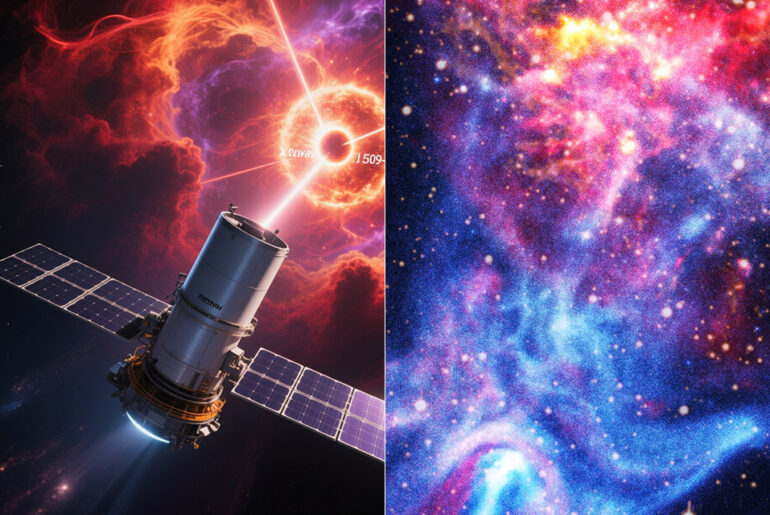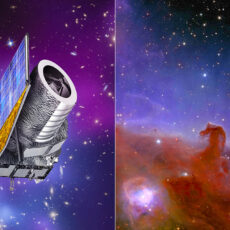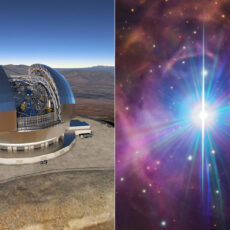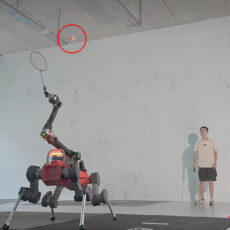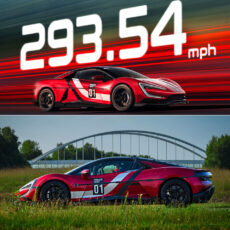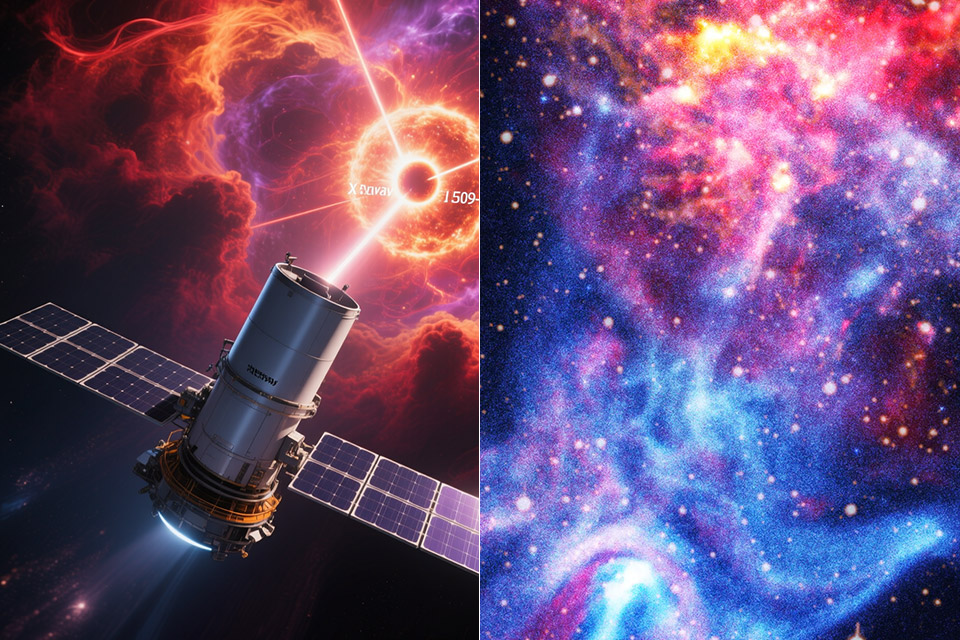
Here’s the latest image from NASA of the nebula around pulsar B1509-58, seemingly showing a cosmic hand reaching out across the void, fingers extended across a starfield.
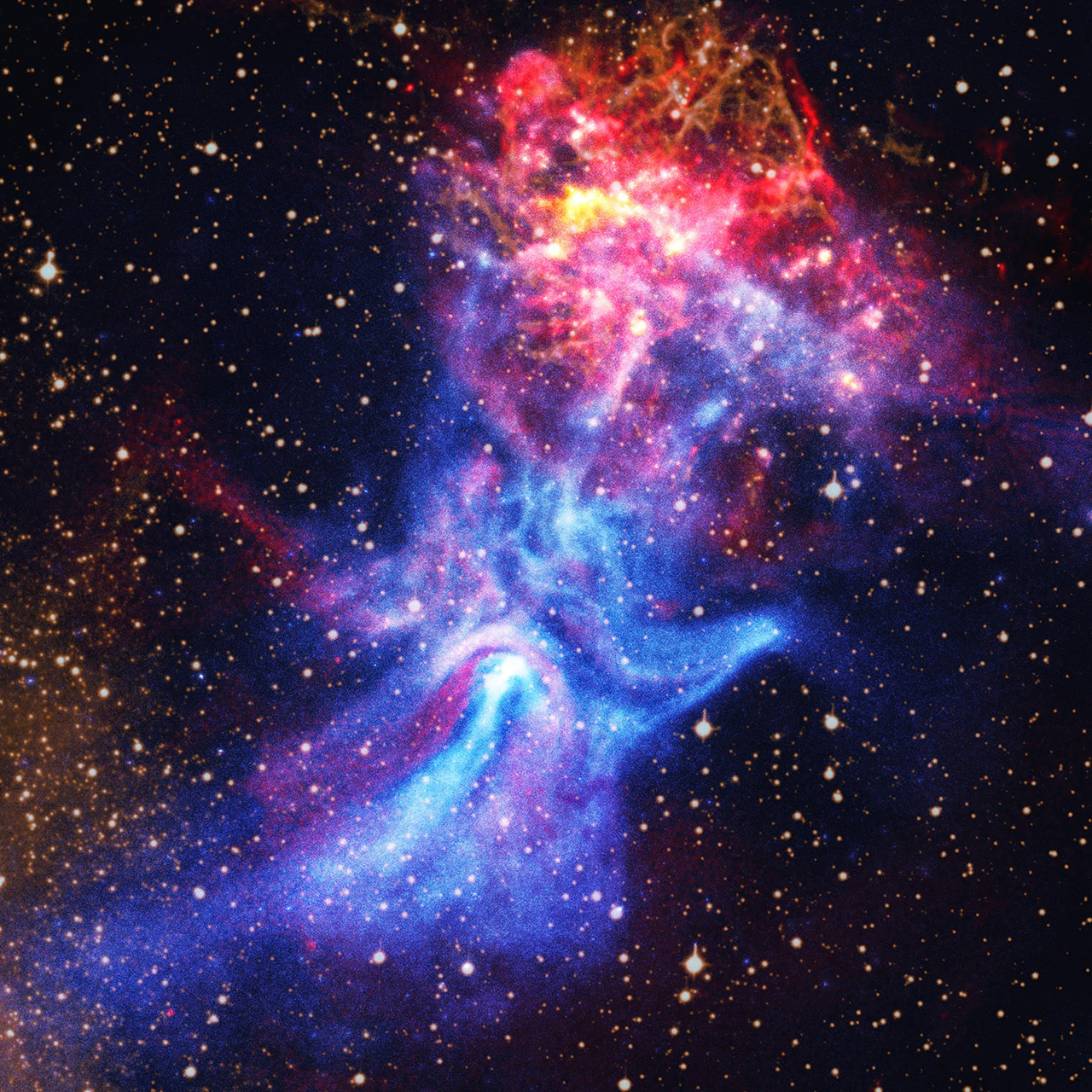
Pulsar B1509-58, a 12-mile wide neutron star that spins like a top, is the star of this show. This little engine, formed from the core of a big star that exploded a long time ago, is sculpting the nebula around it. The hand shape, with the palm in the center and the fingers above, is caused by the pulsar’s intense magnetic fields and particle winds carving a pattern into the surrounding plasma. NASA’s Chandra X-ray Observatory, along with new radio data from the Australia Telescope Compact Array, shows this in incredible detail, with X-ray blues and purples blended with radio gold.
- 2 AVIATION LEGENDS, 1 BUILD – Recreate the iconic Boeing 747 and NASA Space Shuttle Enterprise with the LEGO Icons Shuttle Carrier Aircraft (10360)...
- DEPLOY LANDING GEAR – Turn the dial to extend the massive 18-wheel landing system on your airplane model, just like real flight operations
- AUTHENTIC FEATURES & DETAILS – Remove the tail cone, engines, and landing gear from the NASA shuttle and stow them in the cargo bay during flight
This nebula stretches for light years, yet the pulsar that powers it is the size of a small city. The contrast is stunning: a small star born of disaster creates a cosmic monument visible from 17,000 light years away. NASA’s Chandra team combined the image with data from the University of Hong Kong and the Royal Observatory Edinburgh in the UK to add X-ray, radio and H-alpha data. Each wavelength adds depth by showing different parts of the nebula: hot gas, charged particles and bright hydrogen filaments.
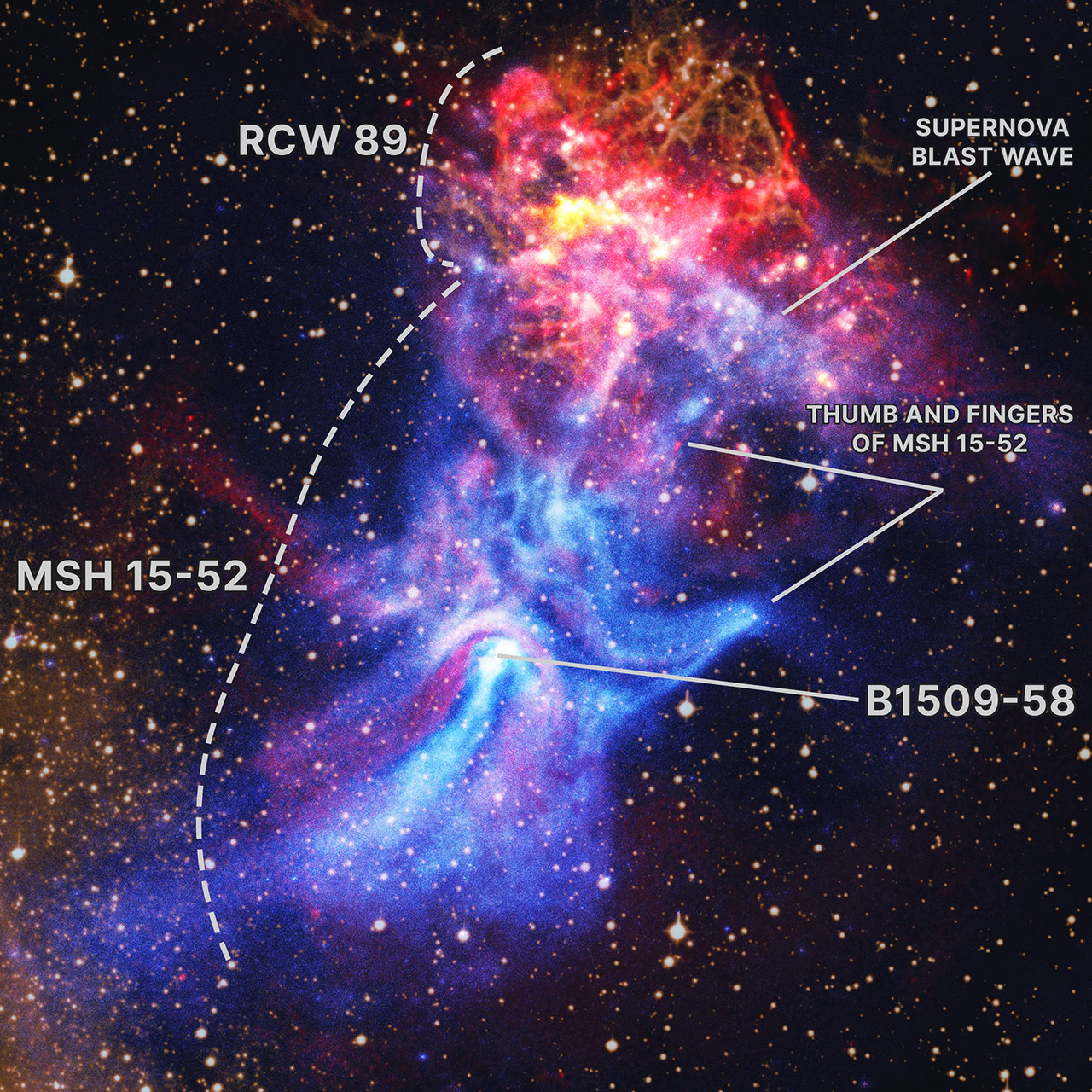
Chandra’s X-ray data shows the pulsar’s frenetic activity is releasing a lot of energy which paints the little fingers. The new radio data shows the larger structure of the nebula with golden specks flying across the blackness like fireflies. H-alpha shows ionized hydrogen, anchoring the image to the fundamental building blocks of star formation.

